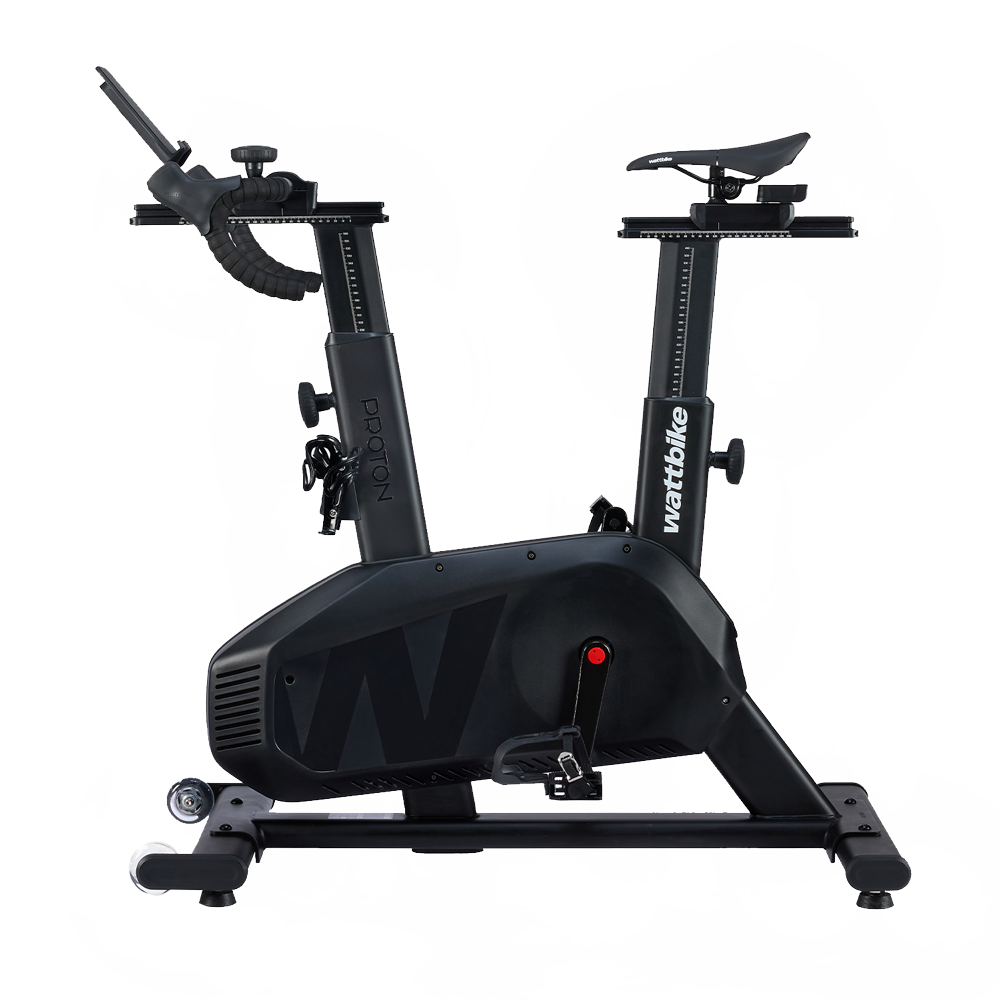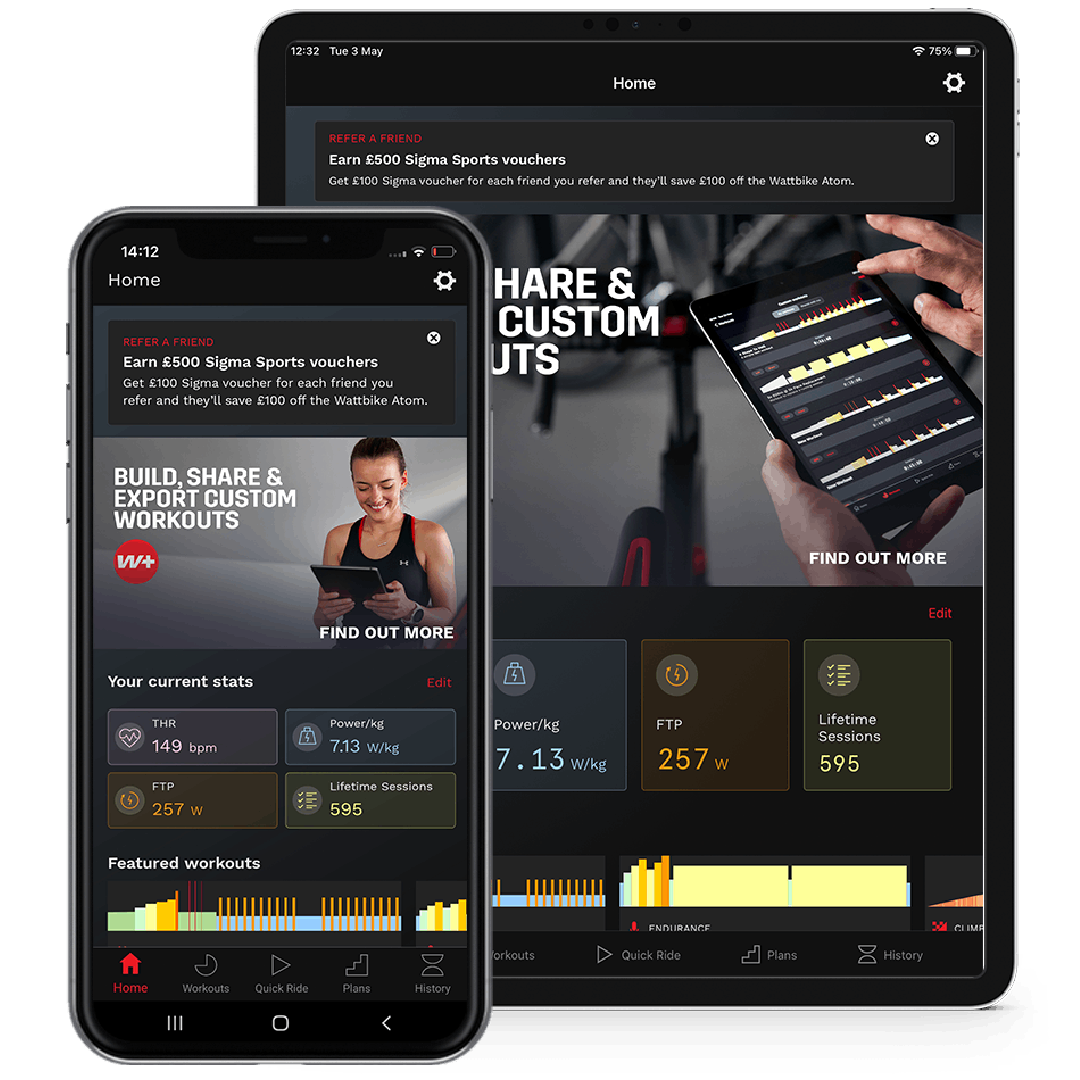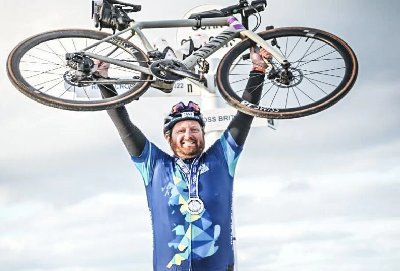Your Cart is Empty
shop
training & apps
support & services
news & information
Performance testing. Redefined.
August 21, 2019 4 min read
Not too long ago, identifying a potential elite athlete was a matter of how fast they could sprint around a track, how well they kicked a football, or how much they could lift. During the past decade however, sports scientists and elite teams are routinely using advanced tests to determine fitness, agility, body composition, explosivity, reaction times, and much more to pinpoint tomorrow’s champions. This trend is becoming especially clear in highly competitive sports with high volume selection events, like the NHL Combine. We spoke to Dan Marr, the NHL Director of Central Scouting, to find out more.
“The NHL Combine was created to provide the NHL clubs with the opportunity to invite the top draft eligible prospects from around the globe to participate in interviews, medical examinations and fitness testing prior to the annual NHL draft.” Dan states. “For the purposes of the NHL Combine, the pre-draft testing gives the NHL clubs a preliminary baseline of the athletic development of these elite 17-19 year old hockey players to assist in determining the potential for physical development and performance improvements.” he adds.
The 23rd annual NHL Draft Combine was held at the beginning of June in Buffalo, New York, and saw more than 100 draft-eligible players from North America and Europe being assessed over a four-day period. Once the Combine is complete, NHL teams can take their pick of the most promising players in the NHL entry draft at the end of June.
PUTTING THE PROSPECTS THROUGH THE WRINGER

At the Combine, prospects are put through a series of 18 rigorous tests across the four days. Tests include pullups, standing long jump, vertical jumps, flexibility tests, and two tests on the Wattbike: the Wingate test and a VO2 max test.
Steve Silverman, writer forthe Bleacher Report, states: “the fitness drills [on the Wattbikes] push the draft prospects to the limit, with the Wingate test serving as the most demanding and exhausting challenge of all. For this test, prospects get on a Wattbike for 45 seconds, go all out in an initial spurt of 10 seconds, and then push themselves through alternating intervals of rest and finally finish with five seconds of maximum power.“
For the VO2 max test, players are asked to ride a Wattbike for as long as they can pedal whilst following an incremental protocol. This takes place while the player is wearing a device that measures oxygen levels and sees them performing at a maximum exercise level. The athletes must keep the bike spinning at a minimum RPM level or the test gets stopped by the administrator.
Amanda Watkinson, Product Specialist at Woodway USA (our official Wattbike distributor in the US), adds: “I conduct VO2 max testing on all the athletes at the NHL Combine every year. There are around 100 guys and we use the following protocol for VO2 max testing: we start at 50w and increase by 30w each minute whilst maintaining RPM at 80. The test then stops when the athlete can no longer maintain the RPM.”
These two tests are chosen for the Combine for very specific reasons. Dan Marr comments: “The Wingate and VO2 max test measurements obtained at the NHL Combine provide a glimpse of the players’ anaerobic (rapid energy spurts) and aerobic (endurance/recovery) capacity respectively and both these cardiovascular systems are key performance indicators for ice hockey players.”
Wattbikes were selected for the NHL Combine because they are reliable and consistent. The bikes also hold up to the demands of high caliber NHL athletes, and so they were an obvious choice for the NHL Combine. Testing protocols on the Wattbikes have now been a staple in the NHL Combine for the past three years, and provide impartial data on which NHL teams can base their draft decisions on, ensuring their picks could really be tomorrow’s champions.
TOP CONTENDERS

Some of the top performances of the day included Nils Hoglander (Sweden) pushing 17.2 watts/kg as peak power output during the Wingate test, and a total of 10 players pushing VO2 max scores of 58+ ml/kg/min during VO2 max testing. These are truly remarkable numbers and really show that these young athletes belong in the NHL. See the full results from the NHL Combinehere.
Check out how #2 ranked prospect Bowen Byram showed prospects and coaches how to conquer the Wattbike in the video below. His efforts paid off as he was selected fourth overall in the NHL Draft at the end of June, which will see him go on to play for Colorado Avalanche next season. Another player who performed really well on the Wattbike was Germany’s Moritz Seider, who produced the fourth best VO2 max score of the day with 59 ml/kg/min. He was selected sixth overall in the draft and will play for the Detroit Red Wings next season.
Bowen Byram on the bike.#NHLCombinepic.twitter.com/NMjOGC2L7m
— Detroit Red Wings (@DetroitRedWings)June 1, 2019
Also in Sports Zone

Performance On & Off The Field - Leicester Tigers Miniseries
May 16, 2024 3 min read
In the hugely competitive landscape ofPremiership rugby, every edge counts. Behind the scenes at Leicester Tigers, one of England's most prestigious rugby clubs, at the heart of theirtraining is the innovative use ofWattbike technology. We caught up with Strength and Conditioning Coach Will Findley and discussed how Leicesteruse the bikes to get the most out of their players on and off the field.
Read More
England Rugby: Powered by Wattbike
March 14, 2024 3 min read
A recent behind-the-scenes glimpse into their training camp in York during the Six Nations' fallow week showcases not just the grit and determination of the players but also the innovative approach to conditioning that sets England Rugby apart.
Read More
LEEDS UNITED - EP 3: BENCHMARKING & TESTING DATA
January 31, 2024 2 min read
In the third and final episode of the Leeds United mini-series, you'll learn about how the Wattbike is utilised to test and benchmark the players throughout the year.
Read MoreGet the latest!
News, training tips, offers and more, straight to your inbox.








